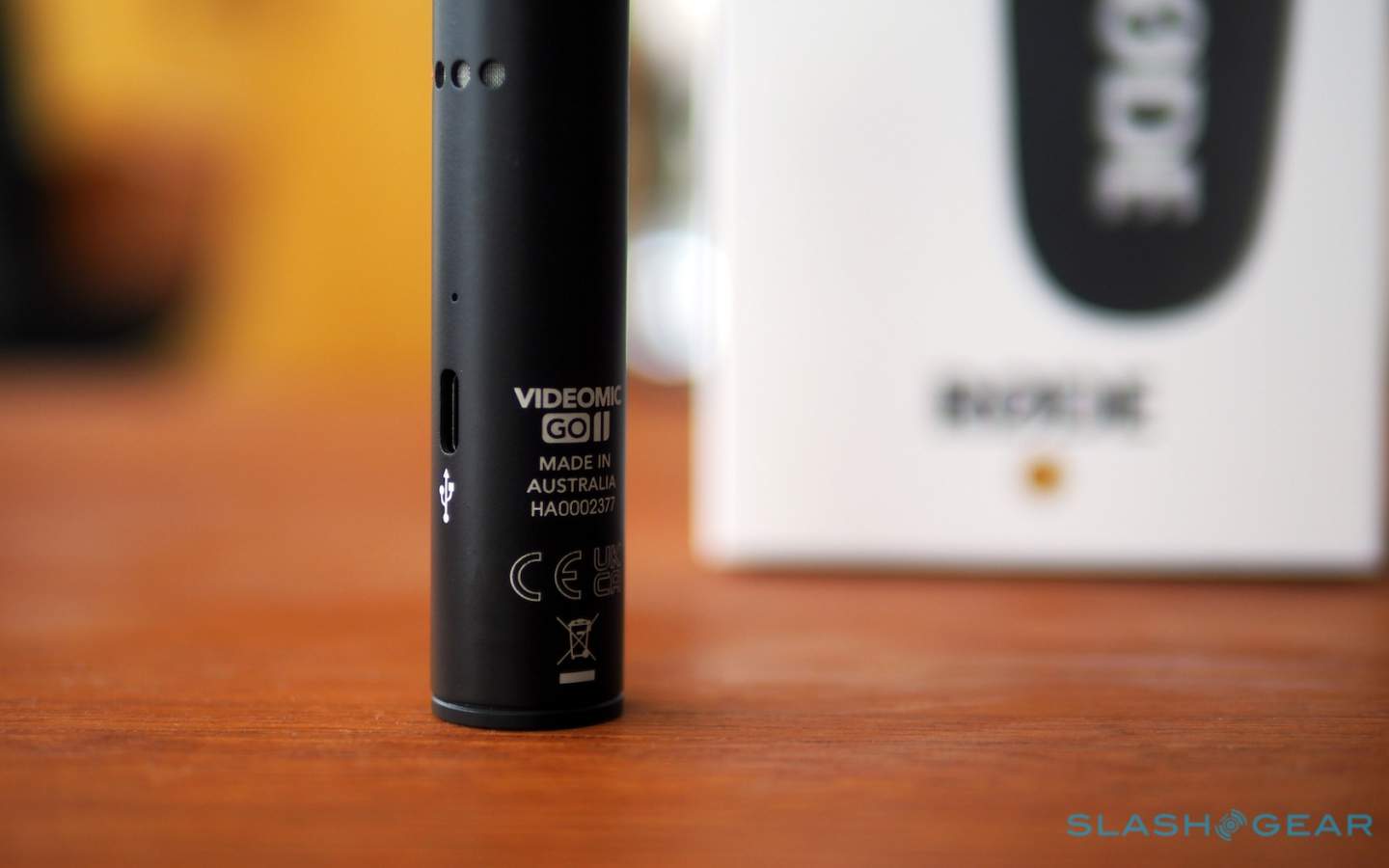Not for nothing has Rode’s VideoMic GO come a popular fave among bloggers, podcasters, and others looking for decent audio quality without a wild price label. Compact, affordable, and flexible, it plays just as nicely with a smartphone as it does a camera or a laptop. Now, it’s getting an upgrade courtesy of some features Rode espoused from more precious models like the VideoMic NTG.
The result is the Rode VideoMic GO II. The spherical body is carried over – tilting the scales at 89 grams (3.1 ounces) and now with an all- essence construction – with Rode using the same annular line tube design as on the NTG and VideoMic NTG5, along with the3.5 mm TRS affair. Still, there’s now also a USB-C affair on the microphone, too.
Plugged into a computer or smartphone, and the VideoMic GO II can get its power from that device. As a useful perk for monitoring or playback, in USB mode the3.5 mm harborage can be used as a zero- quiescence headphone jack.
You can use the phone or computer recording app of your choice, but the new microphone also works with Rode’s own apps. That includes support for Rode Central, Rode Connect, and Rode Journalist on iOS and Android; for desktop, there’s full comity with the desktop interpretation of Rode Connect. Available for Windows and Mac, Rode Connect is podcasting and streaming software that supports up to four Rode microphones to be used contemporaneously. That includes individual control over input position, high-pass sludge, high- frequence boost and pad, and colorful goods.
You get the same adaptation over those settings in USB mode on mobile, too, bringing prosumer- position tweaks into a much more attainable product. Along with the VideoMic GO II and the SC143.5 mm to3.5 mm TRS string it comes with, Rode has a set of different appendage lines to suit different phones and operations.

